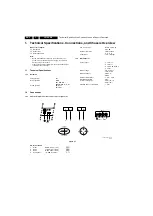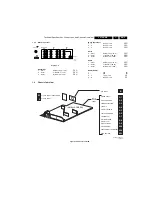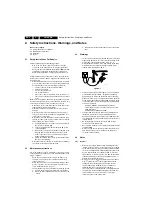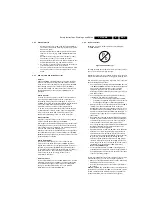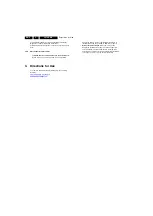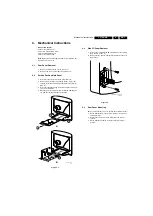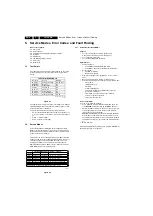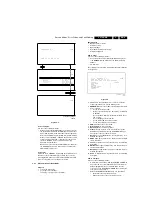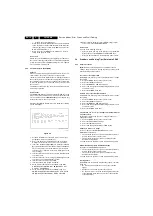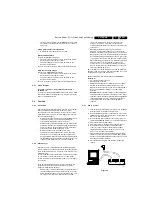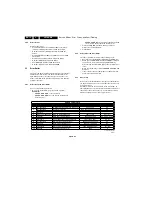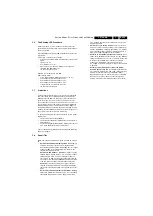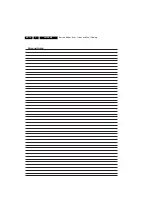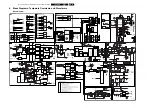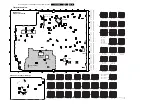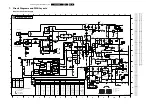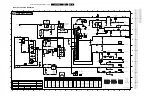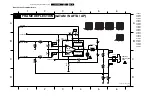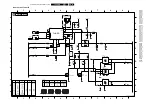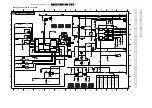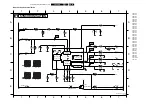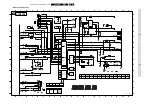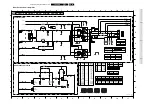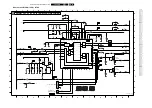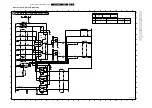
Service Modes, Error Codes, and Fault Finding
5.
5.4.4
How to Order
ComPair order codes:
•
Starter kit C SearchMan so ComPair
interface (excluding transformer): 4822 727 21629
•
ComPair interface (excluding transformer): 4822 727
21631
•
Starter kit ComPair software (registration version): 4822
727 21634
•
Starter kit SearchMan software: 4822 727 21635
•
ComPair CD (update): 4822 727 21637
•
SearchMan CD (update): 4822 727 21638
•
ComPair interface cable: 3122 785 90004
5.5
Error Buffer
The error code buffer contains all detected errors since the last
time the buffer was erased. The buffer is written from left to
right. When an error occurs that is not yet in the error code
buffer, it is written at the left side and all other errors shift one
position to the right.
5.5.1
How to Read the Error Buffer
Use one of the following methods:
•
On screen via the SAM (only if you have a picture).
Examples:
–
ERROR:
0 0 0 0 0
: No errors detected
–
ERROR:
6 0 0 0 0
: Error code 6 is the last and only
detected error
–
ERROR:
9 6 0 0 0
: Error code 6 was first detected and
error code 9 is the last detected (newest) error
•
Via the blinking LED procedure (when you have no
picture). See next paragraph.
•
Via ComPair.
5.5.2
How to Clear the Error Buffer
The error code buffer is cleared in the following cases:
•
By activation of the CLEAR command in the SAM menu:
•
When you exit SDM / SAM with the STANDBY command
on the remote control (when leaving SDM / SAM, by
disconnecting the set from AC power, the error buffer is not
reset).
•
When you transmit the command DIAGNOSE-99-OK with
ComPair.
•
If the content of the error buffer has not changed for 50
hours, it resets automatically.
5.5.3
Error Codes
In case of non-intermittent faults, clear the error buffer before
you begin the repair. These to ensure that old error codes are
no longer present.
If possible, check the entire contents of the error buffer. In
some situations, an error code is only the result of another error
code and not the actual cause (e.g., a fault in the protection
detection circuitry can also lead to a protection).
Figure 5-7
!"
#$
!"!%!!&!
'()&*'(*&"
+
!)%+4:;%&+
&
<
=>&'(*)&
=>?@BFG
!)&%!)%
*%%
!
'(*::
>H&+&;)+
!""!"!)"
!%
"
?@B4<
J?@B4<
!""&&
!
#
!&
>KFK 4
!*"%!*"!%
)%
$
O Q
!""&"&"&""
%
=B")
+=?@BFG
!"&%%&"&"
!
'4
'4?@BFG
%"""!)
'(%"!)
R U 4
!&&"JRW<B'
R%R
=*
>?>?@BFG
!)"&
>
CL 16532008_047.pdf
210501


